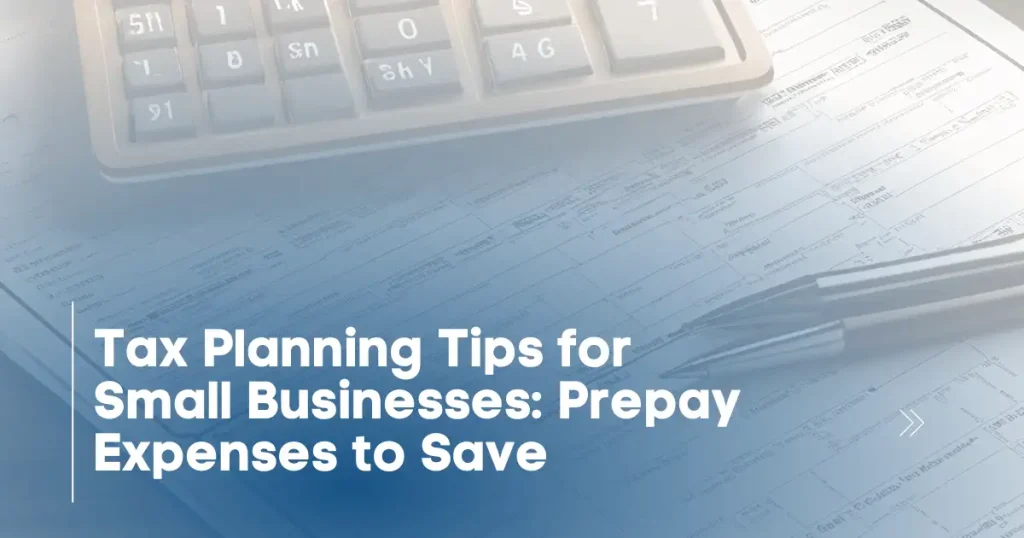Small businesses have a few benefits as far as tax planning goes. While they may not necessarily result in tax savings, tax minimisation strategies can push tax payable down the road. With changes in tax rates happening from July 1, 2024, sometimes bringing forward expenses into the current year—meaning you’re paying more tax next year—could result in significant savings.
Prepaying Expenses
One effective strategy for small businesses is to prepay expenses. You can prepay up to 30 months of your expenses, but it’s important to pay for things you genuinely need. Here are some key points to consider:
– Prepay Rent and Materials: You can prepay rent or purchase materials in advance. For example, if you’re a painter, you could buy a large quantity of builder’s white paint, store it, and tint it as needed.
– Real-Life Example: We had a client who took this advice to heart and bought a heap of stationery on June 30. It lasted her 10 years, but that’s not what we suggest. The technical limit is 13 months in advance.
Benefits of Prepaying
Prepaying expenses can reduce your income for the current year, and if tax rates are lower next year, this strategy can result in overall tax savings. For instance:
– Prepaying rent can significantly reduce your taxable income for the current year.
– Buying necessary materials in advance can also lower your taxable income.
Strategic Timing
The goal is to lower your tax liability in the current year and take advantage of lower tax rates in the following year. By prepaying expenses, you manage your cash flow effectively and optimise your tax position.
Conclusion
While prepaying expenses is a powerful tax planning strategy, it’s crucial to only pay for what you genuinely need and can use within the allowable time frame. Consult with your accountant to ensure you’re making the most of these opportunities and aligning your tax planning with upcoming tax rate changes.
By taking these steps, small businesses can strategically manage their tax liabilities and improve their financial health over the long term.


